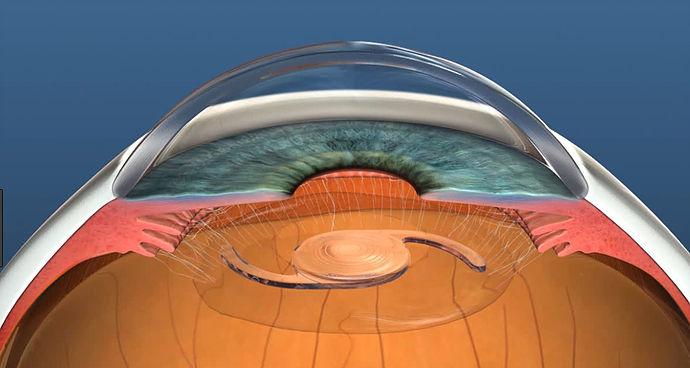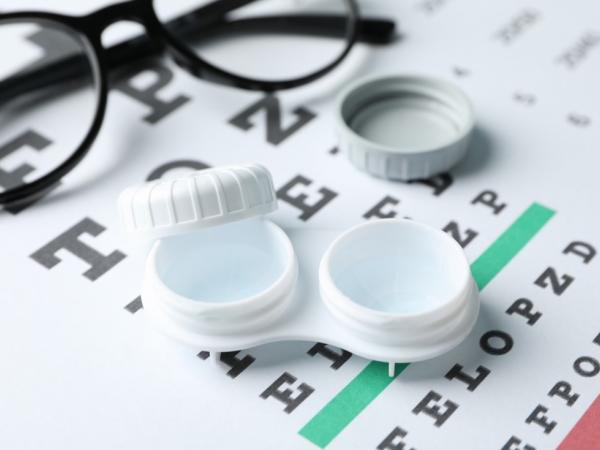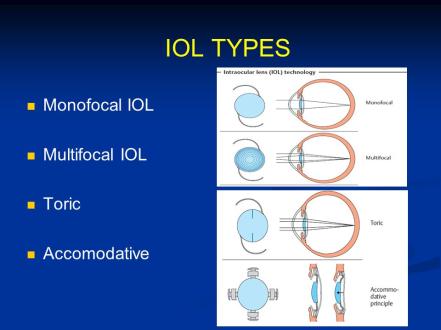A medical condition in which the eye lens becomes progressively opaque, resulting in clouded and dim vision, requires proper medical care and attention. Thus, don't ignore the early symptoms of cataracts, and contact the eye doctor immediately. The key mission of a specialist in the branch of medicine concerned with the eye structure and function is to come up with the right and comprehensive treatment of eye disorders and diseases. When it comes to dealing with cataracts, it is possible to regain better vision through surgery and intraocular vision correction. Here are the key benefits of choosing IOLs and replacing lenses:
- the opportunity to fix a range of eye issues, such as hyperopia, presbyopia related to aging changes, astigmatism, and other defects in the lens or eyes;
- safe and sound restoration of natural eyesight to get rid of mild or severe visual impairment that can lead to disorientation and debilitation;
- intraocular lenses are long-lasting and don't need to be replaced with time, as they are made of rigid and durable materials (silicone or acrylic).
Patients who experience cataracts troubles and strive to fix the defect without professional help must avoid self-medication, as there are no quick-and-easy solutions or natural remedies for lens problems.
What is an intraocular lens and when is the time for its replacement
The structural features of the natural lens ensure the penetration of light into the retina (a layer at the back of the eyeball), where the image is created. There are no vessels and nerves in it, so the natural lens is completely transparent. However, such a structure makes the lens too vulnerable. So in case if it becomes cloudy, the changes are not reversible. It is not able to regenerate and restore its transparency. Struggling with cataracts you can become completely blind. Elderly people are at the highest risks of such a poor health scenario.
Currently, the most efficient medical solution for a patient with vision disorder, known as cataracts, is intraocular lenses replacement. Age-related changes, injuries, and an array of other factors are valid reasons to use the procedure. The cloudy lens is a vision-threatening and dangerous condition, as it may swell, become light-sensitive, and lead to problems of seeing at night. Once the condition prevents you from normal performance and decreases the quality of life, it's the right time for diagnosing and proper surgical treatment.
Paramount details to be aware of Choosing the right IOLs among different types
There are several types of standard and more adjustable and flexible lenses. They are selected based on the wanted outcomes. It can be monofocal, trifocal, accommodating lens, etc.
How long do implants last?
The rapid progress of modern medicine means advances in medical techniques. So, highly innovative, high elastic, and light-adjustable materials ensure superior prolonged clarity.
Are intraocular lenses implants safe?
While there is a chance of complications associated with surgical intervention of any kind, it is uncommon to experience some side effects after the procedure. However, some of the common complaints are swelling and redness.
Follow-up care and recovery
Most patients report eyesight improvement 1 to 3 days after surgery. But to obtain the full spectrum of advantages and start seeing clearly can take several weeks. During this healing period, you must protect your eyes, avoid rubbing or pressing your eye, apply prescribed drops, and avoid strenuous exercises.






